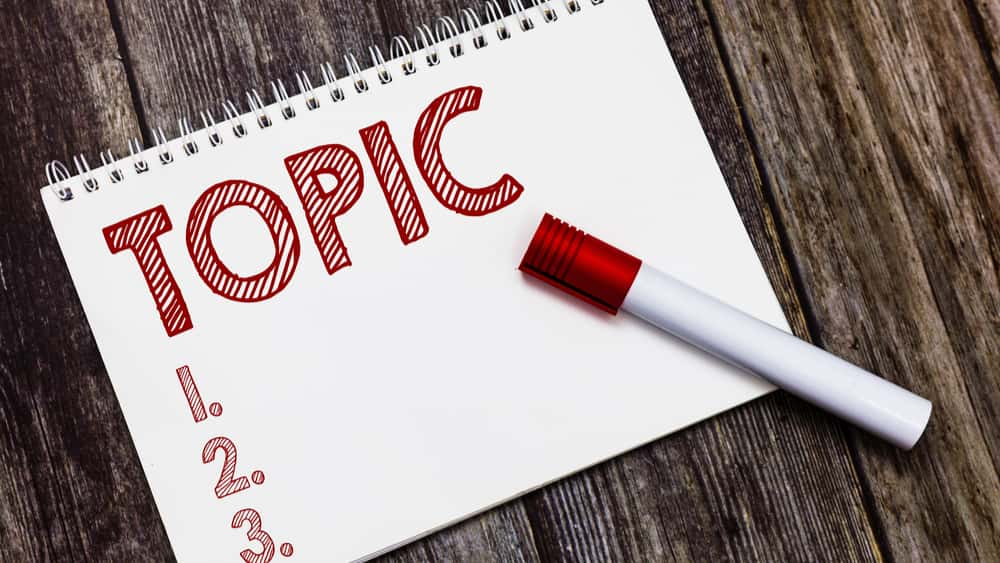Picture this: You finally get past your writer’s block and decide it’s high time to finally sit down and write that blog post that you’ve been procrastinating about for weeks on end (disclaimer: this never happens to me.)
Anyway, you type your heart out and compose THE most perfect blog in the history of blogging. You edit, proofread, and run it by family, friends and co-workers who you know will provide their most honest feedback. They all simultaneously proclaim your latest masterpiece is a totally awesome blog post!
So you go back to OneCMS, go to hit “PUBLISH,” and that’s when you stop and catch yourself because you realize that ….
I need to Tag. And I need to Categorize. And I need to understand WHY I am tagging and categorizing. But I don’t know where to begin, and I can’t exactly figure out the appropriate way to tag or categorize. You start thinking to yourself, “do I REALLY need to do this? I mean I just wrote the perfect blog, after all!”

Well the short answer is YES. You really do need to use categories and tags in your blog posts. You want that perfect blog post to meet its maximum exposure and fullest potential, right? Because if you neglect this very simple step, your opportunity for increased engagement and traffic will simply be put to waste.
So what are the Right Ways to Use Categories and Tags in OneCMS?

Well first of all, I suggest if you are in any doubt as to the difference between categories and tags, read this handy guide entitled: How to Tag Effectively. It is pretty awesome. But in a nutshell, categories are the table of contents for your blog, and tags represent the index. Think of your tags as reading a textbook with an index, which we all know sure comes in handy.
The Keys to Categorizing and Tagging Your Content:
- Many times, Categories determine WHERE your content will display on your website. Recent Post Widgets and Sliders use category filters to only show content from specific categories.
- “Less is more.” Strike a good balance between offering as few options as possible, but giving your audience choices.
- Don’t go overboard categorizing. Use one or two categories.
- If you find no obvious way in which you can tag a specific post, well, just don’t tag it. Not every post needs tagging.
- As a rule, all categories and tags should identify a keyword that a reader would potentially search for. For example, I want to search for a chocolate chip cookie recipe. I might search Google for “chocolate chip cookie recipe.” Using this example, “Recipes” could be a category, and “cookie” and “chocolate chip” could be tags.
- Use clear, descriptive name for categories and try to avoid overly “clever” names. On the other hand, you can have fun with tags. Unlike with categories, you can play around a bit more with tags. Jokes, hashtags, quotes; as long as they serve the purpose of helping readers navigate your site.
- Try CAPITALIZING your category titles! It so easy and helps your readers to understand that they’re categories.
Have you finally seen the category and tagging light!?!

To wrap it all up….
If you take the time to create relevant categories and tags, you will see the benefits. It may take time, but using these tools consistently will pay off in the long run. Focus on ease of navigation, and you will reap the rewards.
You know you’ve got thousands more awesome blogs in you! And you want to make sure they reach the broadest audience possible, so that everyone can reap the benefits of your awesomeness.

